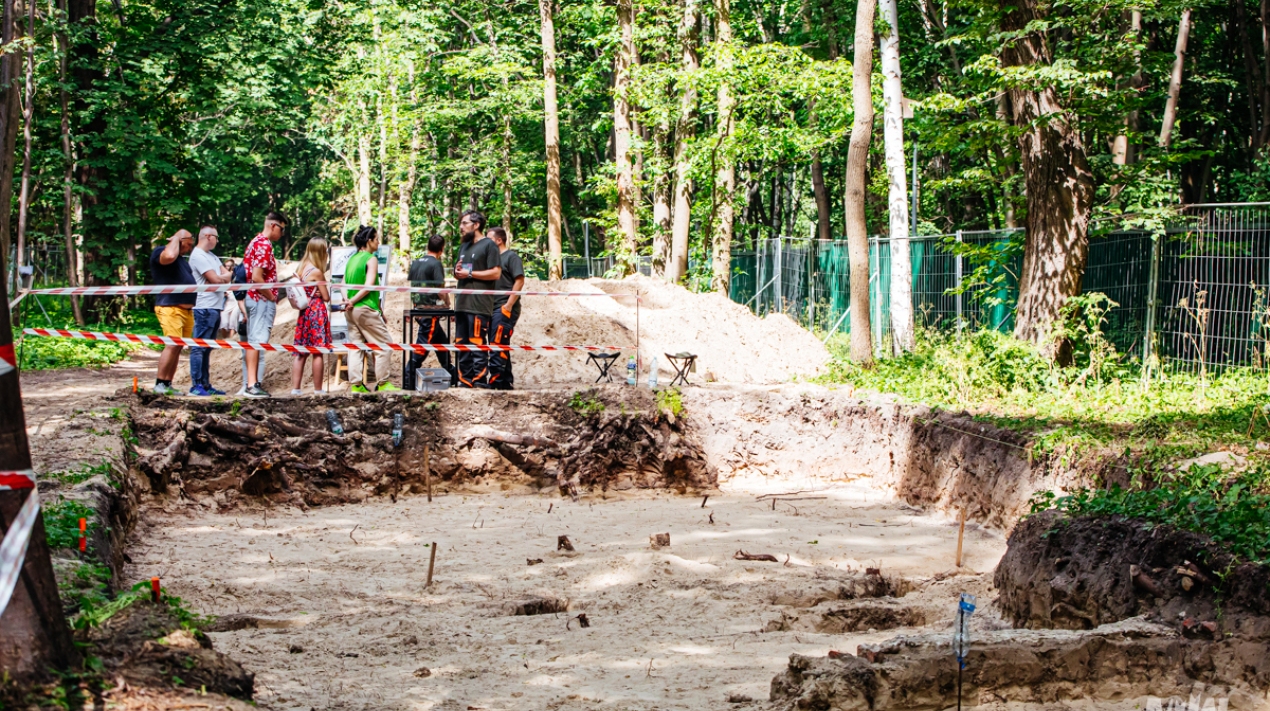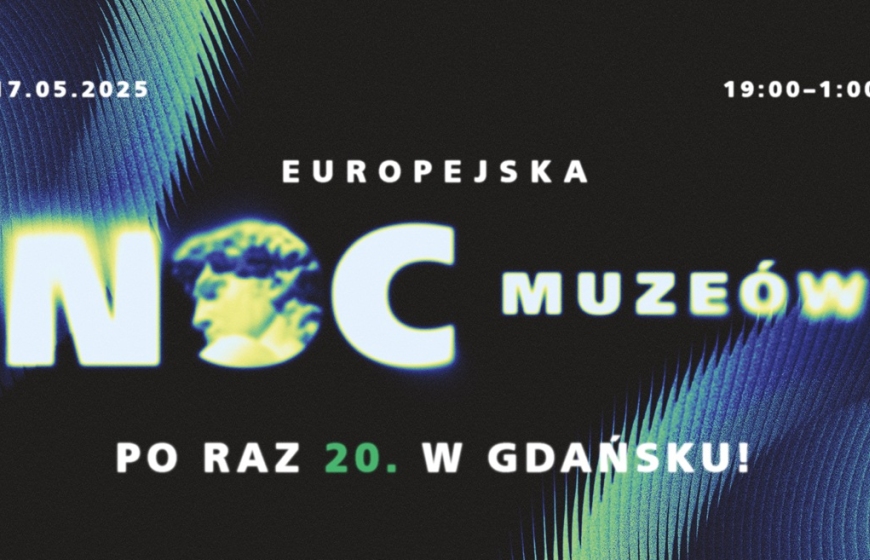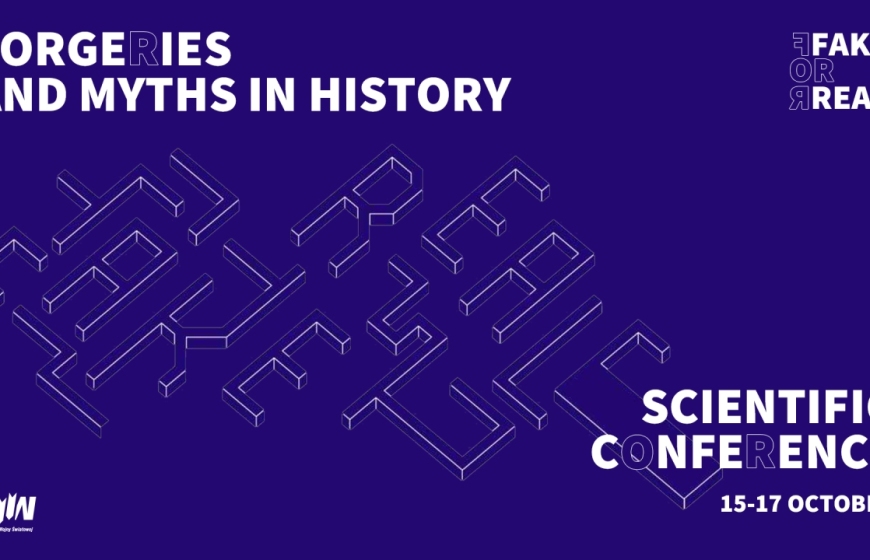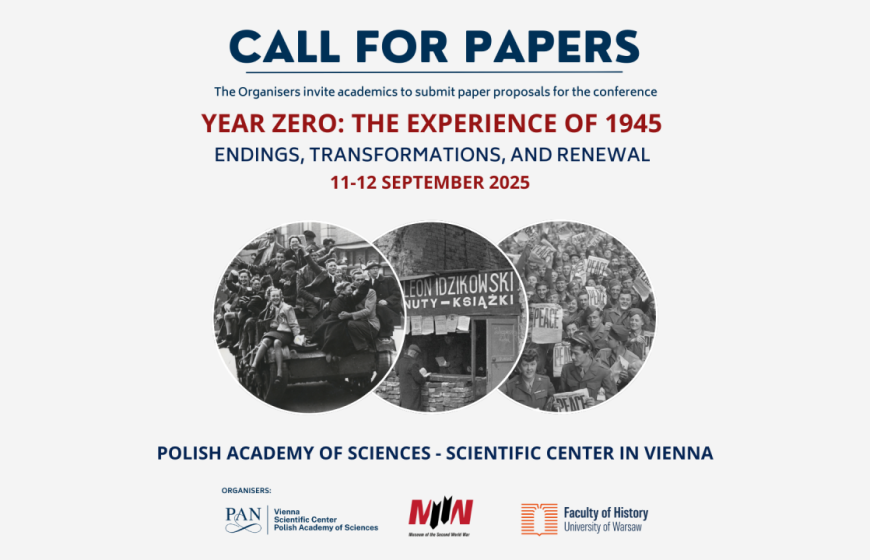EDA 2024 IS BEHIND US!
On June 14th-15th, 2024, the latest edition of the European Days of Archaeology, coordinated by the National Institute of Heritage, took place at Westerplatte. As part of the sixth edition of the event, the Museum of the Second World War in Gdańsk prepared a series of free activities under the theme: ‘Archaeology of Westerplatte: From Research to Museum’.
Three areas currently under archaeological research were made available to participants:
- Trial archaeological excavations conducted as part of the search for the place where the defender of the Military Transit Depot (MTD), Legionnaire Mieczysław Krzak, died (the area of the ‘Fort" outpost – small arms shooting range of the MTD, excavation near the historic breakwater);
- Archaeological excavations at the site of the planned fire road construction as part of the Museum of Westerplatte and the War of 1939 (viewing of architectural relics);
- An archaeological excavation aimed at finding the position of the Polish 76.2 mm field gun.
On the first day, school groups participated in the activities on the Peninsula. Archaeologists presented and explained the specifics of the research teams' work at the excavation sites. Students listened to stories related to the investigated locations and viewed artifacts recovered during the excavations. They also learned about the methods used in the conservation and preservation of artifacts. Additionally, archaeological lessons were organized in the office-social base of the Power Plant.
On the second day, visitors in the ‘Fort’ area, where excavations were being conducted, could listen to archaeologists talk about the specifics of the research team's work and the artifacts recovered. Near the site of the search for the field gun position, a 76.2 mm field gun from the Museum collection was displayed, along with a station showcasing the ammunition used in such guns against the backdrop of a life-size replica of a 280 mm shell used in SX ship artillery. At the Power Plant, in addition to stories about the building's history, conservation and research methods were presented, and visitors could try their hand at artifact conservation. Additionally, a film depicting the conservation of a fragment of the Wall of Guardhouse No. 5, displayed in the Power Plant, was shown.
The event aimed to promote and present the richness of the archaeological heritage of the area and to bring the history of Westerplatte closer to the public by showcasing the progress and results of the excavations and the artifacts recovered during the work at the former Military Transit Depot at Westerplatte.
Thank you for being with us! We encourage you to take part in future events organized by the Museum of the Second World War!















